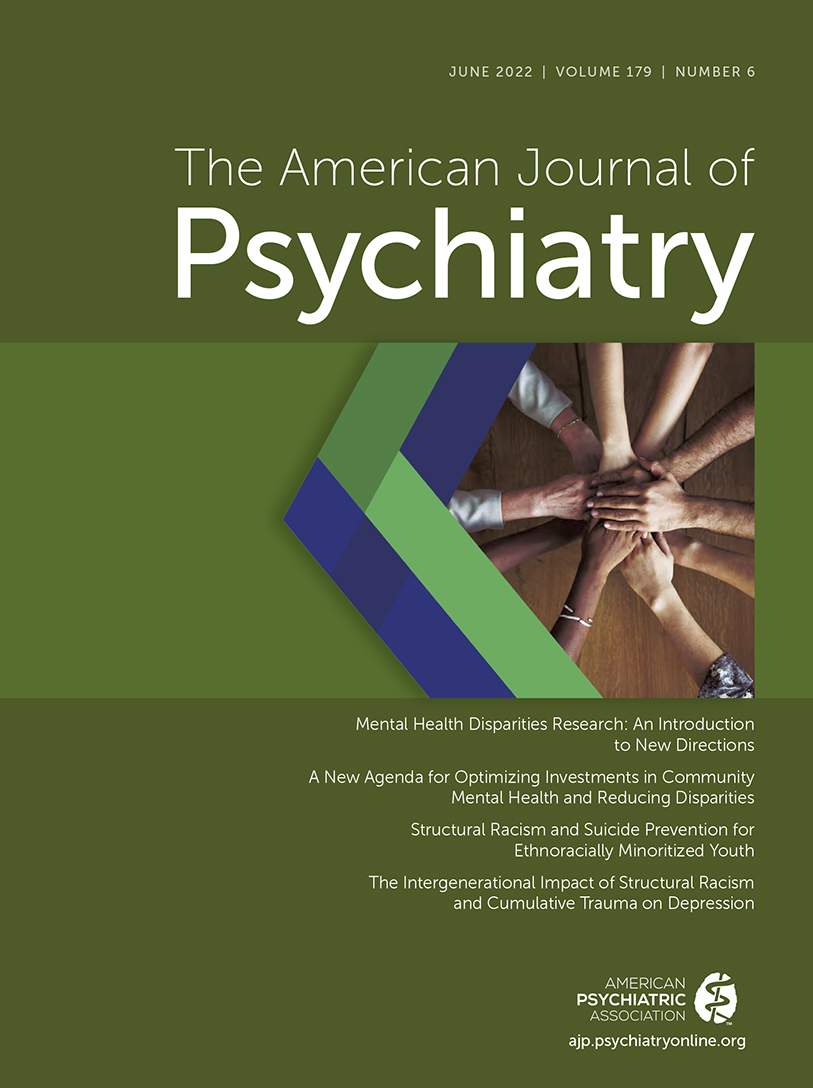Structural Racism and Suicide Prevention for Ethnoracially Minoritized Youth: A Conceptual Framework and Illustration Across Systems
Abstract
Suicide rates among ethnoracially minoritized youth (i.e., youth of color) peak before the age of 30, and striking disparities in access to mental health services have been identified in this age group. However, suicide prevention strategies have yet to fully address structural racism as a mechanism in producing disparities in risk, protective factors, and access to quality effective intervention for youth of color. Such an approach is critical to provide more culturally responsive mental health care. Through an adapted socio-ecological model, the authors propose the Structural Racism and Suicide Prevention Systems Framework and illustrate pathways through which structural racism impacts suicide prevention and intervention for youth of color in the United States. The authors contextualize the impact of structural racism in three key settings where youth suicide prevention occurs: mental health services, schools, and the interface between crisis care and law enforcement. The authors posit that critical attention must be paid to the intersection of mutually reinforcing, interdependent systems rather than to systems in isolation. The authors then propose recommendations to address structural racism in suicide prevention, including macro-level interventions to improve societal conditions, research strategies to inform structural solutions, training approaches to address institutional racism, and clinical approaches to address the impact of racism and racial trauma on youths and families.



